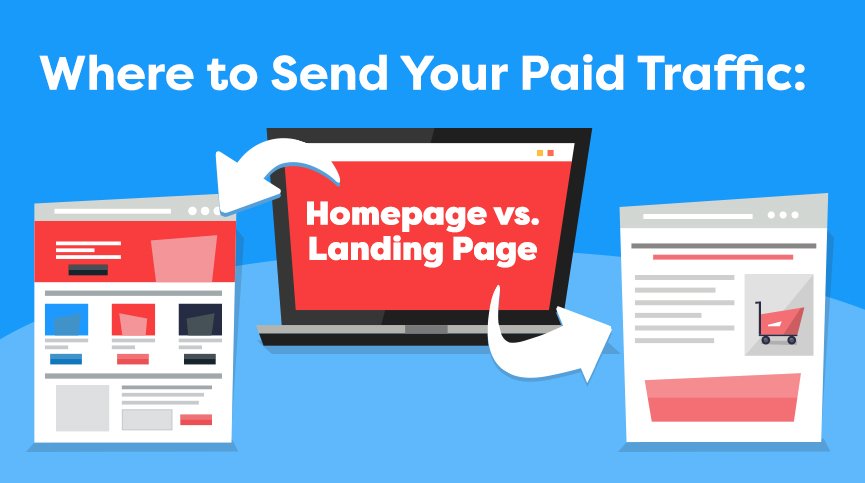
Most businesses spend a lot of time trying to get the content for their website just right. This is especially true of the homepage. It’s a hub of information where you want to provide visitors with the most pertinent information for your business.
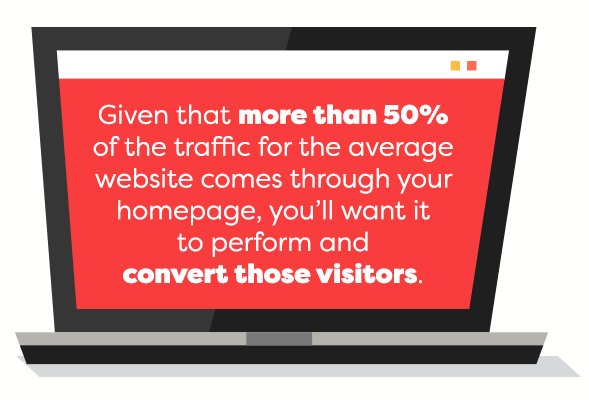 It needs to be structured just right, updated frequently, and presented in a way that can capture as much attention as possible. Given that more than 50% of the traffic for the average website comes through your homepage, you’ll want it to perform and convert those visitors.
It needs to be structured just right, updated frequently, and presented in a way that can capture as much attention as possible. Given that more than 50% of the traffic for the average website comes through your homepage, you’ll want it to perform and convert those visitors.
Just because it can convert your audience, it doesn’t mean this is where you want to funnel all of your traffic.
The Purpose of Your Homepage
A great homepage is the catch-all for traffic that comes to your domain. It’s how most visitors will find you organically, and it’s where most outside sources will typically link to in cases of earned media and organic links.
While the purpose and goal of your homepage will change, depending on your business model and the audience you serve, common goals for this content should be:
- Identifying with the needs of your audience
- Creating a memorable experience that captures their attention
- Making it easy for the audience to take the desired action
- Providing a comprehensive overview of what you do or what you offer
- Linking to and providing direction to pages deeper in your funnel
- Making clear all the ways visitors can connect with you and take any desired action

Why Send Traffic to a Landing Page?
If a homepage can encompass all of those things, you might wonder why it’s necessary to send traffic to a landing page at all.
While it’s true that your homepage can effectively convert a certain percentage of your audience, it doesn’t cater well to the visitors who are looking for a specific thing or those who need more direction to help them find their destination—especially if they aren’t fully aware of what that destination is yet.
For example, a customer clicks on your ad after searching to buy a new tent. They didn’t do a brand-specific search; they’re just in the market for a tent. Instead of taking them to a landing page specific to their search, they wind up on your homepage, which is littered with promotions and category listings for all the various outdoor gear you sell.
Now they have to find out how to get to the tents, and that effort might not be worth it, resulting in a bounce.
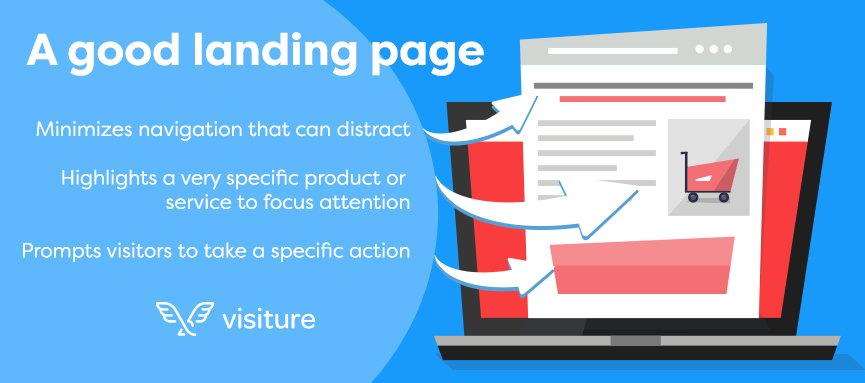
Instead, send PPC traffic to a landing page. A good landing page:
- Focuses the traffic on a specific product or service and minimizes navigation that can distract
- Prompts visitors to take a specific action
- Highlights a very specific product or service to focus attention
- Is designed to receive traffic from a variety of sources, or one specific source where that traffic is related to the specific product or service
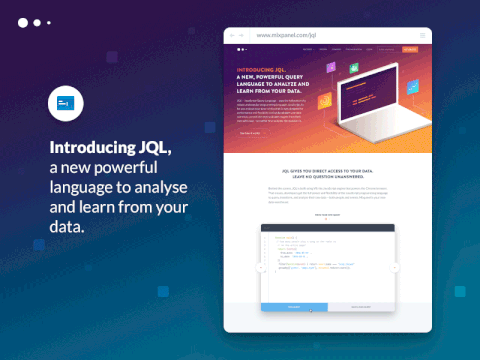
Overall, the purpose of the custom landing page is to expand on the message of the PPC ad and convince the visitor to convert. According to Unbounce, there are 7 types of landing pages:
- Click through pages, with expanded info that drives the visitor to the product or service page
- Lead capture pages, designed to capture personal data from the visitor
- Infomercial or long-form sales pages, using excitable language to connect with and draw in visitors for a conversion/sale
- Viral landing pages, which feature highly shareable content with subtle branding or indirect product references
- Microsite pages, which are a small but complete supplementary website typically used for larger campaigns
- Product detail pages, which provide comprehensive information on a specific product to promote conversion
- The homepage, which, according to Unbounce, is the laziest of landing page types and isn’t recommended for most paid campaigns.
It’s also important to mention that the content of your landing page and its relevance to the PPC ad directly impacts your quality score. A custom landing page helps improve ad and keyword relevancy, which reduces your bid costs and improves the visibility of your PPC ads.
Surprisingly, only about 48% of marketers use landing pages for individual campaigns. More than half send their traffic direct to the homepage, despite data showing that companies experience a 55% increase in leads when they increase their number of landing pages.
How to Decide Where to Send Traffic
Deciding where to send PPC traffic isn’t as complex as it might seem. The easiest way to decide if you need a landing page, and what type to use, is to consider the customer.
Every person who clicks on your ad is making a conscious choice because they want something from you—some information, a solution, to purchase a product, etc. Focus on the intent of your visitors, and you can identify where they are in the buyer’s journey.
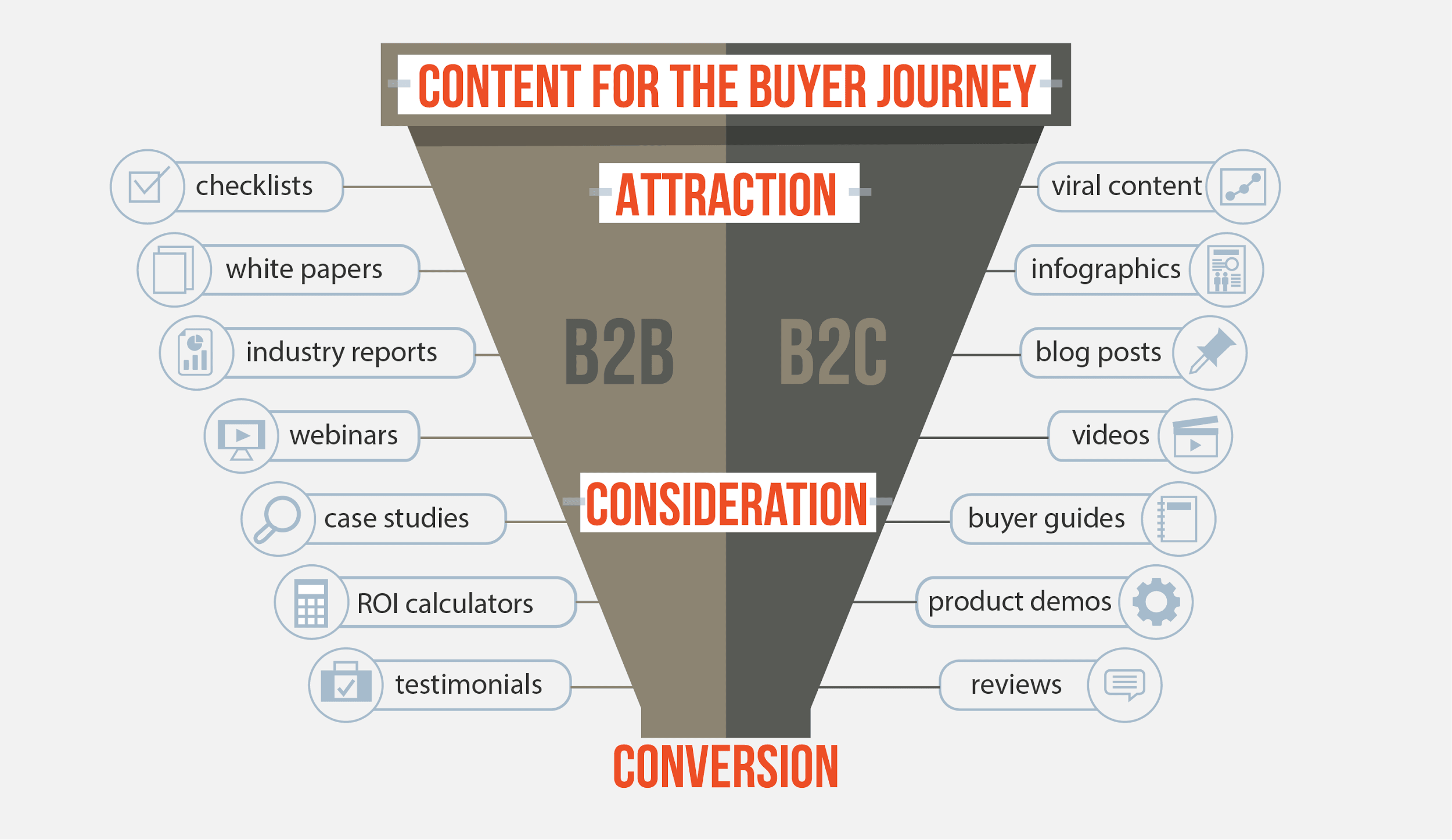
That process, the content, and the messaging can vary, depending on your business.
Understanding where they are in the journey and identifying the intent of visitors when they click on your PPC helps improve the messaging of your ad while providing insight into where you should send that traffic.
You also need to take into account the type of campaign you’re running.
Retargeting Ads
Retargeting ads typically bring up thoughts of ads designed to bring visitors back to a specific product page after engaging with that content or adding it to their cart but not completing the purchase.
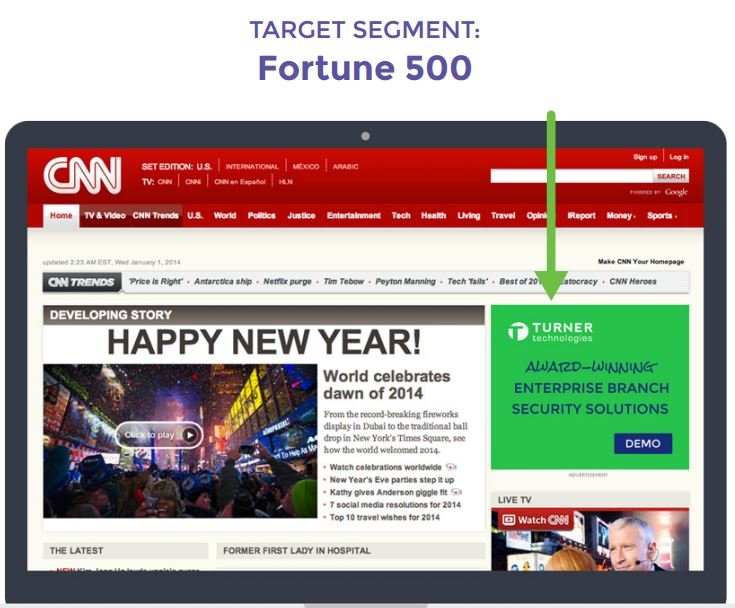
Yet, retargeting ads can be more than that. So, while a retargeting PPC campaign typically goes to a landing page based on purchase intent, it may not always have to.
It depends on how much you know about the audience you’re retargeting and how they engaged with your site.
For example, if the visitor only lands on your homepage and examines your about page, you may not have enough information to retarget them and direct them to a particular offer or product page.
In situations like this, you could direct them back to a universal landing page or your homepage.
New Product Launch Ads
You might have a feature spot for a new product or the next big thing on your homepage, but that feature spot is surrounded by clutter and distraction that’s not directly related to your offer.
You want to send PPC traffic for new products to a dedicated landing page that focuses and amplifies the excitement around something new.
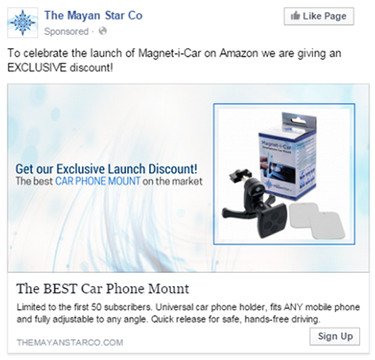
This way, the new product landing page can do its job in driving immediate action and the best results from your PPC campaign.
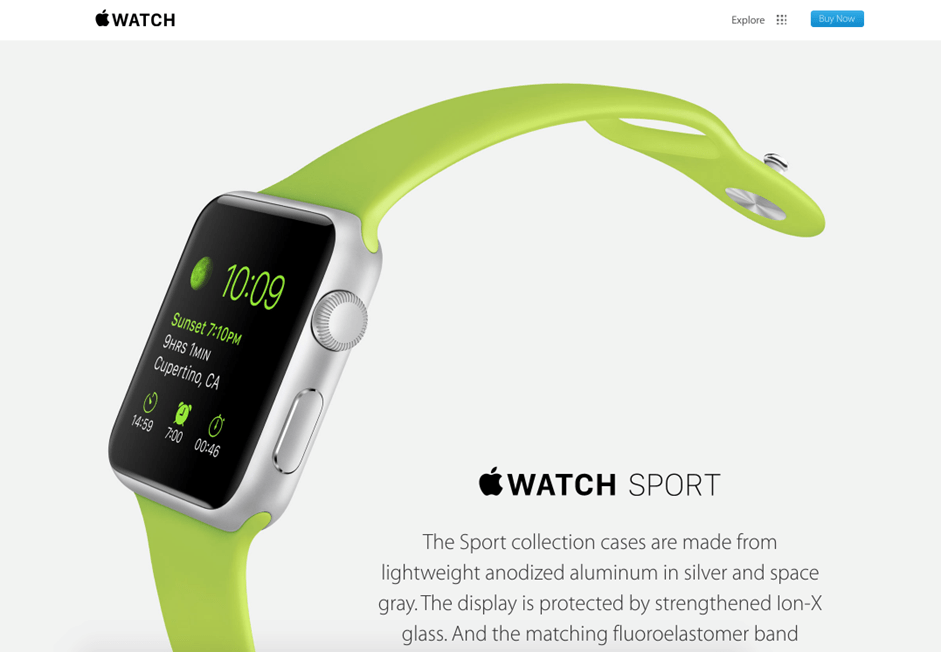
Specific Product Promotions
Promotions can vary, from a single product to a spread of products—in any case, you want to get that traffic as close to the product as possible based on the customers’ purchase intent. If they clicked on a promotion for a specific product, don’t send them to your homepage.
For individual products – If you’re running a PPC campaign for a specific product, send that PPC traffic to the existing product page or a unique landing page specific to that product, which includes the featured offer and details around the buyer’s intent and campaign.
For various products – Depending on what you’re promoting, the type of landing page will vary, but it’s never the homepage. Some landing page examples for various products could be:
- A category page for a range of similar products, like “Levi jeans”
- A pre-filtered category targeting products with a specific tag, such as “clearance”
- A custom landing page displaying details for all the products in a promo, such as a holiday shopping landing page showing everything currently on sale
- A comparison landing page showing and comparing all the currently available models
Branding Campaigns
While landing pages offer higher conversion rates, in most cases, not all PPC ads need to target a specific landing page. Branding campaigns intended to get your business in front of a specific audience can do perfectly fine with microsites or with delivering traffic to the homepage.
For example, a click and mortar retailer might run a campaign targeting broad keywords like “electronic stores near me” to capture the attention of local customers with the purpose of simply letting prospective customers know they exist …
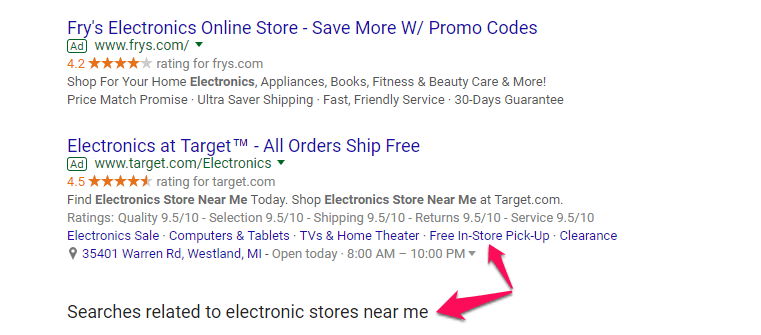
… or if the business is running a paid social ad to promote itself without directing customers to a specific offer.
In cases like this, it’s perfectly acceptable to direct those visitors to your homepage.
Conclusion
Anytime you can pinpoint the exact action you want a visitor to take, you should send those visitors to a dedicated landing page. This way, you can sell those visitors on a specific product with highly targeted messaging aligned with their intent and place them on the buyer’s journey.
If you’re not certain, then sending that traffic to your homepage is likely fine. If you do funnel traffic to your homepage, take the time to optimize your homepage content.
Summary

Explore Wpromote’s approach to digital transformation with our full guide to The Challenger Framework: A Radical Reimagining of Performance Marketing.

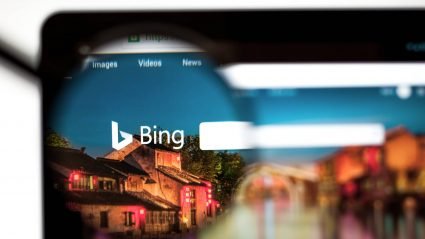


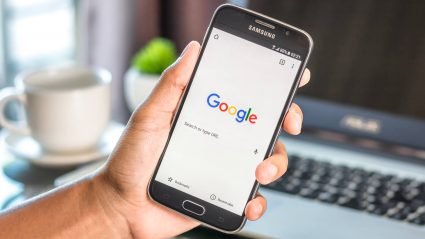
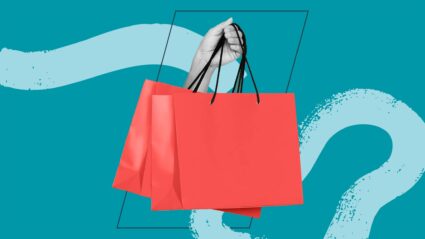
Responses